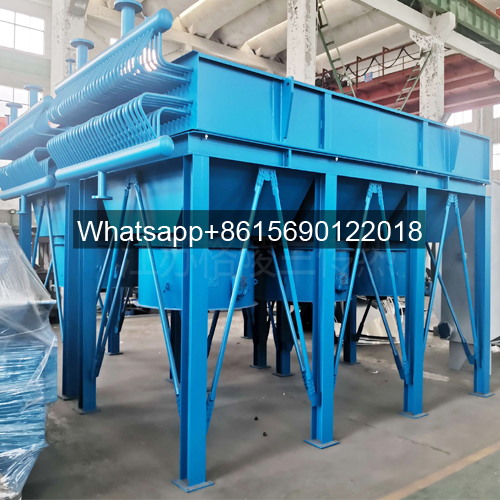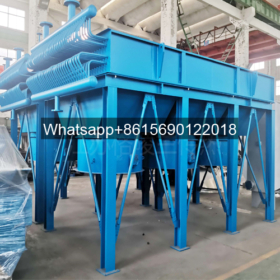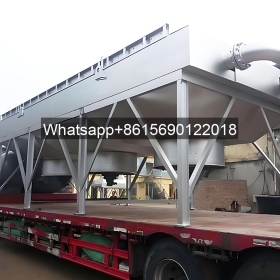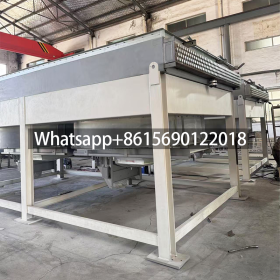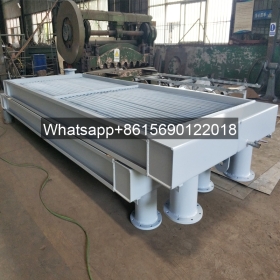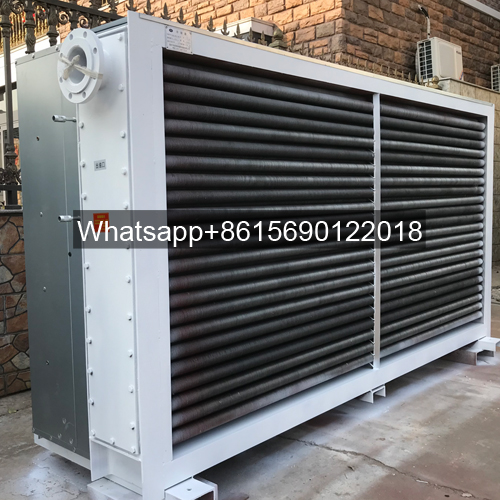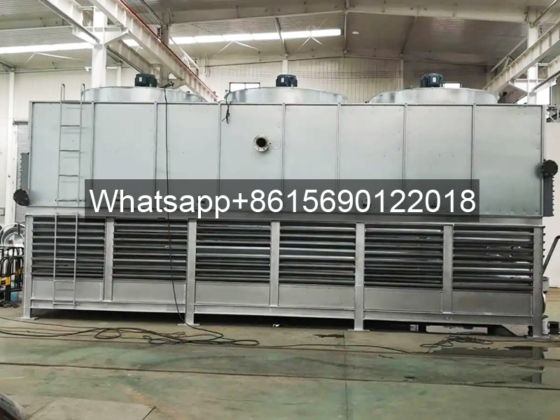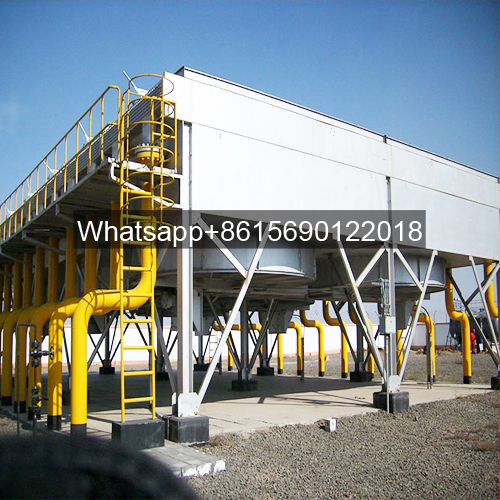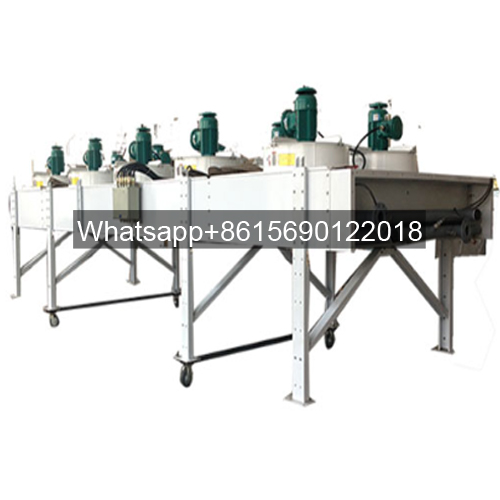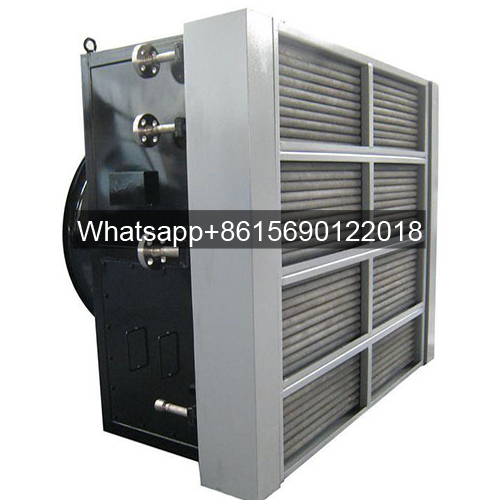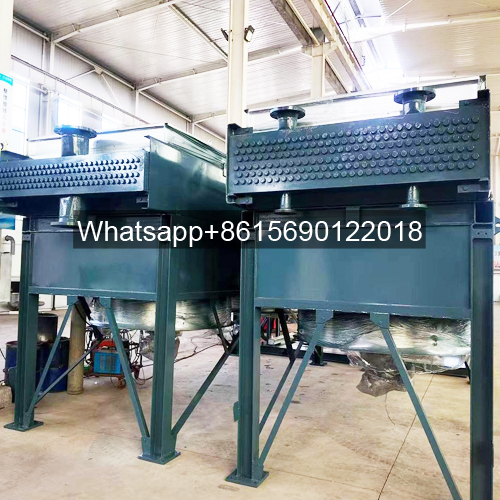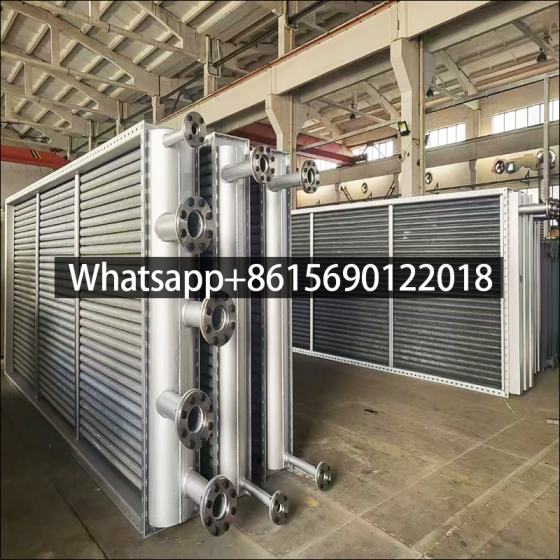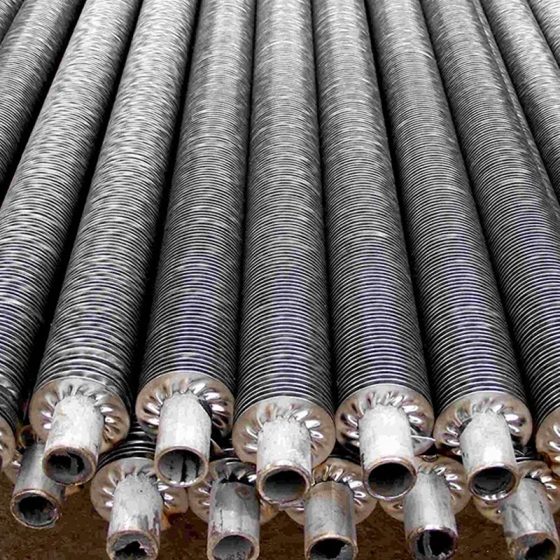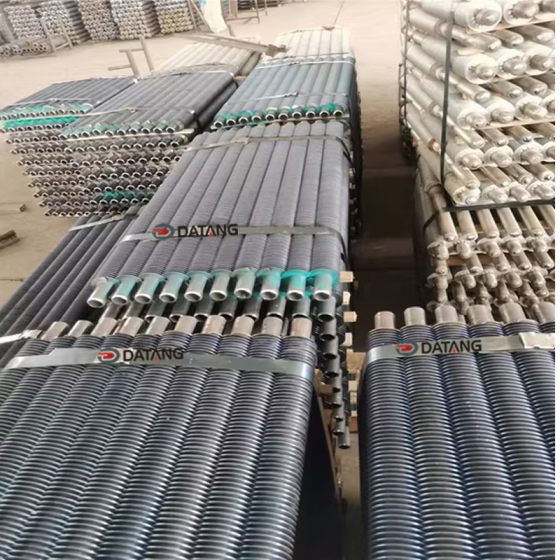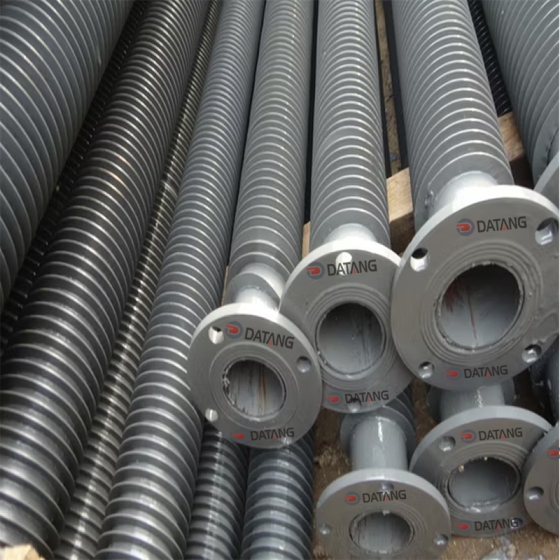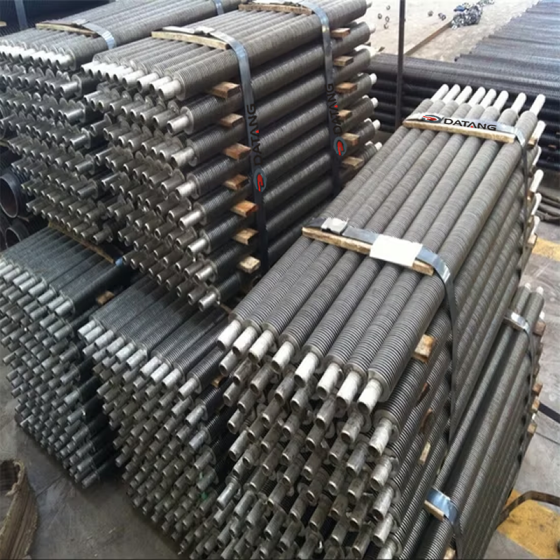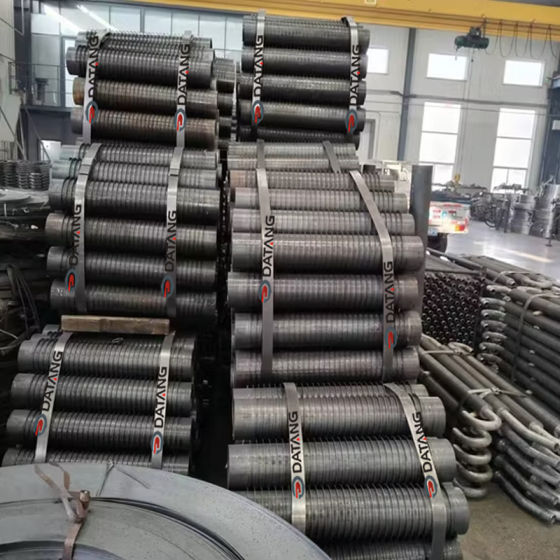What is a Fin Fan Heat Exchanger (Air Exchanger)?
As a highly efficient cooling device, a Fin Fan Heat Exchanger (Air Exchanger) plays a vital role in modern industrial production. Its basic principle is to use air as a cooling medium to remove heat generated by equipment or processes through forced or natural convection, thereby reducing temperatures and ensuring normal operation.
A forced draft air cooler is a common industrial cooling device used to cool a heat source by moving air through some means. Its operating principle is similar to that of a fan, but it focuses more on cooling the heat source rather than simply circulating air.
A forced draft air cooler typically consists of one or more blowers that generate and push large volumes of air. These blowers are typically driven by an electric motor. The air is delivered through pipes or ductwork to the location requiring cooling, such as an engine, industrial equipment, or other heat source.
At the heat source, the air absorbs heat and is then removed by the blower, thereby reducing the heat source’s temperature. This method is relatively simple and low-cost, making it widely used in many industrial applications.
The performance of a fin-fan heat exchanger (air exchanger) depends on several factors, including the power and efficiency of the blower, the design of the air delivery system, and the heat release rate of the cooling target.
Fin Fan Heat Exchanger (Air Exchanger) Function
The primary function of a fin-fan heat exchanger (air exchanger) is to provide cooling for various industrial equipment. In many production processes, equipment generates significant amounts of heat. If this heat cannot be dissipated promptly, the equipment temperature will rise, affecting its performance and lifespan. The unique structure and design of an air cooler effectively transfers the heat generated by the equipment to the air, thereby achieving cooling.
Operating Principle of a Fin Fan Heat Exchanger (Air Exchanger)
The operating principle of an air cooler is primarily based on the physical phenomena of heat conduction and convection. First, the air cooler’s internal fins or heat pipes are in close contact with the heat-generating equipment, rapidly transferring heat generated by the equipment to the fins or heat pipes using the principle of heat conduction. Then, as air flows over the fins or heat pipes, since the temperature of the fins or heat pipes is higher than that of the air, the heat is transferred from the fins or heat pipes to the air through convection, ultimately being carried away by the air.
Specific Applications and Mechanisms of Fin Fan Heat Exchangers (Air Exchangers)
In the power generation sector, fin fan heat exchangers (air exchangers) are widely used in the cooling systems of generator sets. Generators generate a large amount of heat during operation. If this heat is not dissipated promptly, the generator temperature will rise, affecting power generation efficiency and safety. Therefore, the role of generator air coolers is crucial.
Fin fan heat exchangers (air exchangers) typically use forced convection for cooling. They contain a high-efficiency fan or blower that forces air through the generator’s heat sink or heat pipes. This forced convection significantly improves the heat exchange efficiency between the air and the heat sink or heat pipes, ensuring stable operation of the generator at a lower temperature.
Generator fin fan heat exchangers are also typically equipped with a temperature control system and a fault alarm system. The temperature control system adjusts the fan or blower speed based on the real-time generator temperature to achieve optimal cooling. The fault alarm system promptly issues an alarm signal in the event of an air cooler malfunction, alerting maintenance personnel to promptly perform repairs, thereby ensuring safe and stable operation of the generator.
As a highly efficient cooling device, the Fin Fan Heat Exchanger (Air Exchanger) has broad application prospects in industrial production. While its basic principles and operating mechanisms are simple to understand, they can deliver significant cooling effects in practical applications. In particular, the use of generator Air Exchangers provides a strong guarantee for the stable operation of generator sets.


 dtfinnedtube.com
dtfinnedtube.com

